Michelle’s 15-year-old son once held a knife so close to her stomach that the tip pierced her skin. A small scar remains, a permanent reminder of the years of violence he inflicted upon her. But while Michelle could repair the furniture he smashed that frightening night, and patch up the walls he punched, the emotional damage has proved much harder to fix.
“They never once stop being your children and you never stop being their mum, which is really heart-wrenching,” she says.
Every week, police deal with 5000 reports of family violence, and since the start of the Covid-19 crisis, domestic violence callouts have soared. Yet while one in four Australian women has experienced violence by an intimate partner, a significant number of offences are committed by adolescent children against members of their own family.
In fact, recent research shows that between seven and 13 per cent of teenagers use violence against their family members, and around 10 per cent of police call-outs for family violence in Victoria involve adolescent respondents.
Around 10 per cent of police call-outs for family violence in Victoria involve adolescent respondents.
Despite these numbers, the justice system isn’t set up to deal with child perpetrators, with a lack of crisis accommodation for children meaning that parents are often encouraged to keep the perpetrator – their child – in the family home.
And then there’s the shame and guilt that victims feel. Like all family violence, this type of abuse is “significantly under-reported”, as the authors of the report by ANROWS (Australia’s National Research On Women’s Safety) found.
For Michelle, calling triple-zero was her last resort when the situation with her son had reached a crisis point. “When I first reported it, I felt embarrassed and I’m still sometimes ashamed to talk about it,” she says.
When I first reported it, I felt embarrassed and I’m still sometimes ashamed to talk about it.
Michelle’s son began committing verbal and physical abuse against her when he was aged 14. She doesn’t remember the first time, only that it began with words and escalated into physical aggression.
“I thought maybe he just wasn’t coping with puberty but his aggression became worse and worse, and he started throwing things at me, pushing me around if I said no,” she says. “I was afraid of him.”
Michelle’s other son would often have to step in to de-escalate the situation before it turned more violent.
Michelle still struggles to understand her older son’s behaviour but rails against the idea that ‘bad parenting’ played a role. “[People] think that you haven’t disciplined them properly but none of my other kids are like this,” she says. “I was a single mum working full time with four kids who all went to private schools.”
Initially, Michelle was terrified of taking out personal protection or apprehended violence orders (AVO) against her son because she thought it might aggravate him further. “I was afraid it would send him over the edge,” she says.
I was a single mum working full time with four kids who all went to private schools.
But after he fractured her eye socket and broke her nose one Friday night, she called police, who charged him with assault and then released him back into her care. An AVO meant he couldn’t leave the house at certain times.
Nevertheless, it was Michelle who answered the door at night to police conducting spot-checks for compliance, and Michelle who ferried her son to counselling.
“I had to get this person who was physically violent towards me to all of these appointments,” she says.
Michelle says she couldn’t find any specialist resources or services in her state for adolescent family violence so she was just “lumped in” with general domestic violence services, where she received little support.
“They forget about the parent who has been abused because it’s like, ‘You’re an adult and you’ll be fine’,” she says. “I didn’t qualify for victim support because my perpetrator was a child. If he were an adult I would have got a counsellor.
“A lot of the counselling services are catered to intimate partner violence but I wasn’t going through that. There’s nothing out there about how to help a mum cope.”
They forget about the parent who has been abused because it’s like, ‘You’re an adult and you’ll be fine’.
Eventually, Michelle refused to sit in on her son’s case conferences, in which she felt his needs were workshopped and she was left without support.
“I just thought I can’t split myself in two anymore, and be his mum, and forget what he did, and be the person he hurt physically, and emotionally, and everything else,” she says. “Even though I was the one with bruises, black marks, broken facial bones and the indentation of a knife I wasn’t allowed one support person when I gave my victim impact statement [to court during his sentencing].”
He was given a six-month good behaviour bond but ended up back in court after the carving knife incident and extra assault charges against other people. He served a small part of a five-year sentence, was released, used violence against Michelle again and went back to prison.
Jo Howard, a family violence consultant and trainer in Victoria agrees that there’s a Catch-22 situation when the perpetrator is a child. “The person they are using violence against is their parent or carer, and that person is responsible for the adolescent’s safety, stability and development, so we don’t actually want to fracture that relationship,” she says. “They can need the care and protection of the person they’re using violence against.”
In intimate partner violence, there would never be an expectation for a victim-survivor to “change her behaviour”, adds Howard, whereas when an adolescent is violent, victim-survivors might be asked to change their parenting style.
There are, however, extremely limited specialist services to help parents to do so, Howard says. “There is a dearth of trained practitioners and there are only three government-funded services in Victoria that specifically deal with [adolescent violence in the home].”
The system is not only inadequate, says Elena Campbell, associate director of research, advocacy and policy at the Centre for Innovative Justice, but sometimes counterproductive.
“People find the legal response so unhelpful that it will deter them from further reporting,” Campbell says. “One of the major concerns in people reporting adolescent family violence is that it could trigger child protection involvement, and so the younger children in the home will be seen at being at risk of the adolescent.
“Currently, the legal system intervention is raining down on the child as though they are an adult perpetrator and that is not the case at all.”
People find the legal response so unhelpful that it will deter them from further reporting.
Once an adolescent is labelled by the courts or a service as a “perpetrator”, they can potentially be precluded from crisis accommodation or out-of-home care because of their use of violence against others.
Campbell’s report found that adverse childhood events or trauma are a major contributor to the use of adolescent violence in the home and the legal response doesn’t adequately consider how that trauma affects children.
“[Adolescent family violence] rarely presents on its own, so you can have major problems with school disengagement and co-occurring mental health issues and trauma histories,” she says. “It is not just about courts being trauma-informed and mitigating a sentence, but also understanding that it will impact [the adolescent’s] ability to do what you’re asking them to do [in terms of abiding by court orders].
“We’re not just talking about a high-functioning, well-resourced and otherwise articulate 15 year old’s capacity, but someone who might have had all sorts of delays to their development.”
The report found that in Victoria, interim exclusion orders (under which a perpetrator would need to leave the home) were issued in almost a third of cases involving adolescent respondents. A lack of crisis or alternative accommodation meant that police then seemed to have no option but to place adolescents with another family member, which the report noted “potentially just displaces the risk, rather than addressing it”.
This was the case for Michelle’s son who eventually moved from family member to family member, continuing to use violent and controlling behaviour until he ended up in jail.
Part of her son’s sentencing conditions meant that Michelle and her son weren’t allowed to contact each other, and he has been incarcerated for both his 18th and 21st birthdays.
“You still wonder how they’re celebrating,” she says. “Even now, I think, ‘Did I send him to the right school? Did I do this or that properly?’”
“I want people to know that it isn’t about socioeconomic situation and this can happen to any parent, and it happens all the time.”
Michelle still lives in fear of her son but won’t listen to friends or family who have urged her to cut him off completely.
“What I hope for is that one day he will knock at the door and it won’t be scary for me,” she says. “That he would walk in and go, ‘Mum, I really mucked up,’ and I live for that day whether it is two years, or five years, or 10 years away.”
Want more stories like this? Sign up to PRIMER’s weekly newsletter here.
For help or information on domestic violence, visit 1800RESPECT or call them on 1800 737 732. The Men’s Referral Service is aimed at men who need help to stop violent or controlling behaviour, but it also supports victims and families. You can call on 1300 766 491.




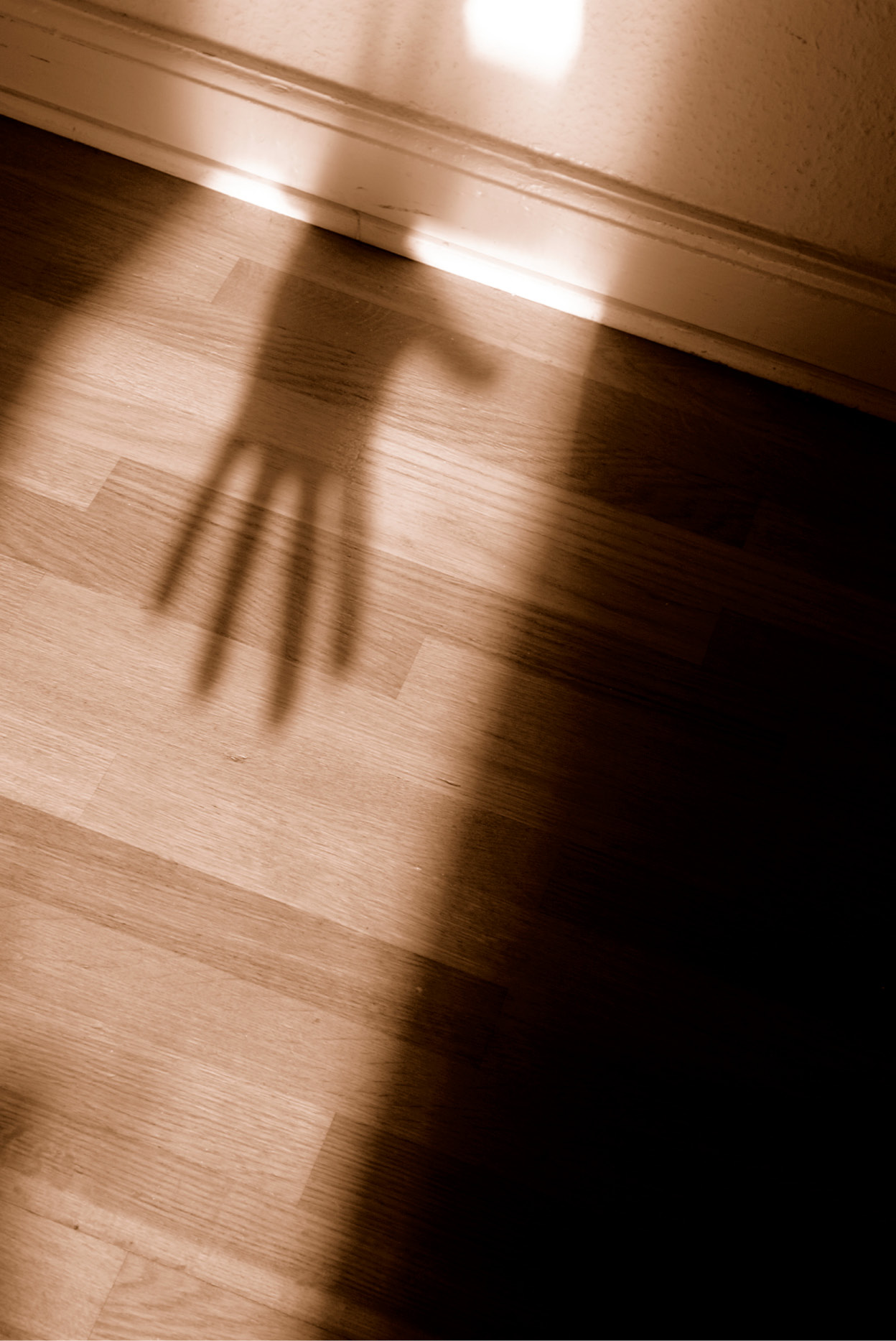


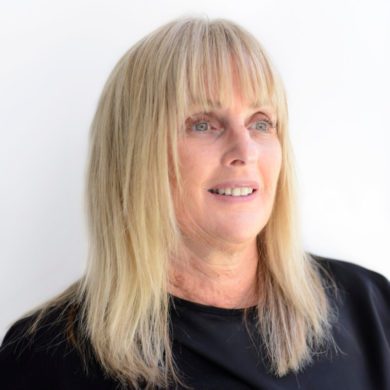
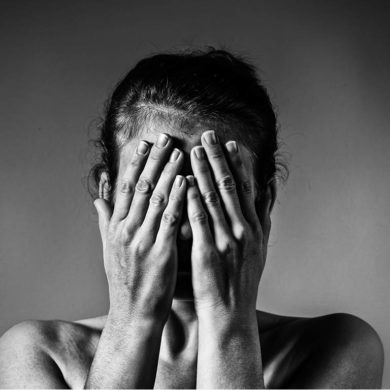
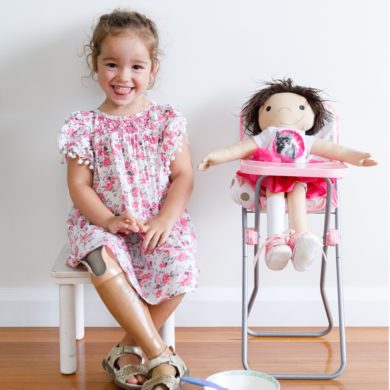
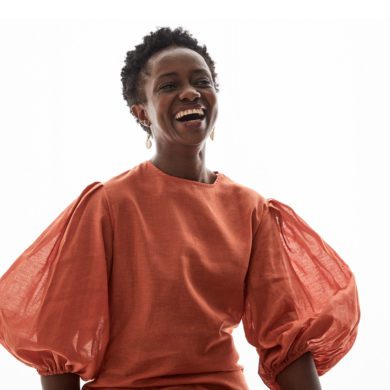


No Comments